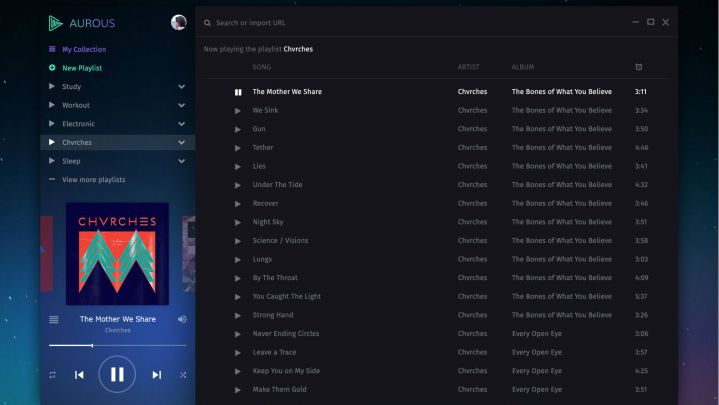
“This service is a flagrant example of a business model powered by copyright theft on a massive scale,” said an RIAA rep to the Guardian. “Like Grokster, Limewire or Grooveshark, it is neither licensed nor legal. We will not allow such a service to willfully trample the rights of music creators.”
The app’s developer Andrew Sampson told Billboard this week that the content on the site is, in fact, licensed. “We’re pulling content from sources that are licensed. From a legal standpoint, what we’re doing is okay,” he said to the publication. “All files are streamed from legitimate sources — we don’t host anything. We only share cached results over peer-to-peer.”
Sampson also mentioned that his app uses 120 “licensed content APIs” and that someone could upload unauthorized content to these sites. But he stressed that the music content on the app largely comes sourced from legitimate sources like YouTube and Soundcloud.
In response to the RIAA lawsuit, Aurous took to Twitter to say that the app isn’t “going anywhere” and that, contrary to the association’s accusations, the company isn’t profiting from the platform.
Apparently not everyone is a fan of our service, the @RIAA doesn’t seem to like new technology and is suing us!
— Aurous (@aurousapp) October 13, 2015
Don’t worry, we’re not going anywhere, empty lawsuits aren’t going to stop the innovation of the next best media player. — Aurous (@aurousapp) October 13, 2015
For anyone curious the @RIAA principle complaint is that we’re “profiting”, anyone see any ads? We sure don’t.
— Aurous (@aurousapp) October 13, 2015
The fight between the RIAA and Aurous has begun, and it looks like the streamer — albeit small enough to try crowdsourcing $25,000 (before deciding it was a bad idea) — isn’t going to go down without a fight.


